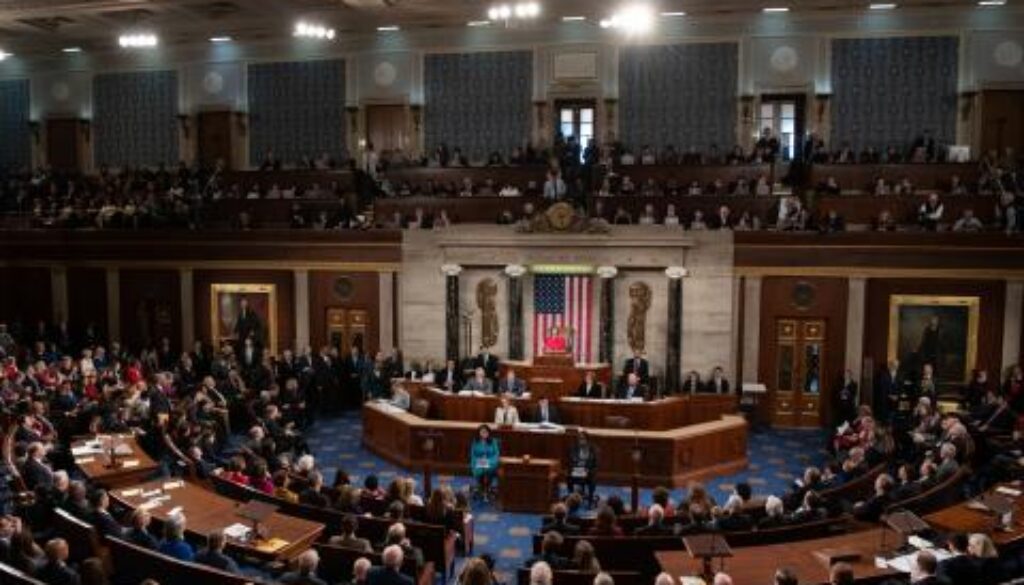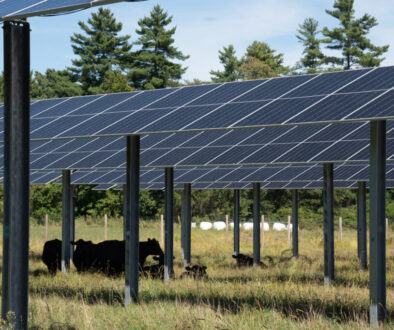House vote on Inflation Reduction Act sets stage for big climate gains
By Luyi Cheng
With the US House of Representatives positioned to approve on Friday the largest investment by the US government to combat climate change, some analysts are projecting the measures contained in the landmark Inflation Reduction Act (IRA) could reduce greenhouse gas emissions even more than the government has projected.
The measure, which passed the US Senate on Sunday, contains $369 billion earmarked for a range of energy and climate investments over the next decade.
The bill could slash emissions from the electricity sector by as much as 75% below levels seen in 2005 by 2030, according to Kevin Rennert, a fellow at Resources for the Future, based on an initial analysis. Absent the new investment, their forecast predicted that current policies would cut emissions more modestly — about 48.5%. Rennert shared these numbers during a seminar this week sponsored by Resources for the Future.
The US government has said the measures would cut greenhouse gas emissions by 40% by 2030.
The bill expands a tax credit for carbon capture, incentivizes the production of sustainable aviation fuel, provides for grant programs aimed at decarbonizing emissions-heavy sectors, and includes a methane reduction program for oil and gas facilities, among other provisions.
Another initial modeling study by the Rhodium Group, a think tank that analyzes climate and energy policies, projects that the IRA could create up to an overall 31% – 44% reduction in carbon emissions between now and 2030, compared to a 24% – 35% reduction under current policies.
Despite inherent uncertainties and differences among projection models and scenarios, the law would clearly reduce emissions relative to current policy, John Larsen, who leads energy and climate policy research at Rhodium Group, said during Wednesday’s seminar.
A preliminary report by the REPEAT Project at Princeton University projects a reduction of 42% below 2005 levels because of implementation of the new law.
Outside of emissions, other modelers also projected potential economic and health benefits. Within the framework of the new law, the US could potentially create 1.4 million to 1.5 million new jobs in 2030, according to Robbie Orvis, senior director of Energy Policy Design at Energy Innovation, a non-partisan climate and energy policy think tank.
And if major air pollutants decrease as a result of the new law, Energy Innovation’s model also projects that about 3,700 – 3,900 premature deaths due to pollution could be avoided in 2030, said Orvis.
The bill also includes a suite of provisions such as reforming prescription drug prices, creating a corporate minimum tax rate, and extending subsidies for the Affordable Care Act, on top of investing in addressing the country’s energy security and impacts on climate change.




